La Fleur (라플레르)
3.5 Km 0 2024-02-28
421-11 Alcheonbuk-ro, Gyeongju-si, Gyeongsangbuk-do
La Fleur is a hanok café located near the UNESCO World Heritage Site Hwangnyongsa Temple. It offers a selection of beverages and simple meals like bibimbap and its signature menu item, avocado myeongnan bibimbap (avocado and pollack roe bibimbap). The café boasts a beautifully curated garden adorned with various trees and ornaments, while the interior is adorned with potted plants and decorative items.
Tomb of Queen Seondeok (경주 선덕여왕릉)
4.3 Km 29749 2022-07-27
Baeban-dong, Gyeongju-si, Gyeongsangbuk-do
+82-54-779-6100
The Tomb of Queen Seondeok is a round tumulus with a circumference of 73 meters. Aside from the fact that it is circled by a protective two-layer rock, the tomb has no other unique features. As the oldest daughter of King Jinpyeong, Queen Seondeok became the first queen of the Silla Kingdom. During the 16th year of her reign, Bunhwangsa Temple and Cheomseongdae Observatory were built. She also ordered the construction of the famous nine-story wooden pagoda of Hwangyongsa Temple, a significant achievement of Buddhist architecture. While many of her efforts laid the foundation for the unification of Three Kingdoms of Korea, Queen Seondeok’s reign was plagued by rebellion and strife and she died in 647 during a rebellion, 23 years before unification was realized.
Bunhwangsa Temple (분황사)
4.3 Km 31442 2024-02-29
94-11 Bunhwang-ro, Gyeongju-si, Gyeongsangbuk-do
Bunhwangsa Temple, located next to the ruins of Hwangnyongsa Temple in Gyeongju, was established in 634 during the Silla dynasty. Visitors can see cultural assets such as the Stone Brick Pagoda designated as a national treasure, and the Pedestal for the Stele of State Preceptor Hwajaeng registered as a Historic Site. Despite being a significant and ancient temple, much of it was lost during wars such as the Mongolia invasions and the Japanese invasions of Korea, leaving only a few buildings and temple grounds like Bogwangjeon Hall. Nearby, there is the Hwangnyongsa Museum.
Suseokjeong (수석정)
4.6 Km 22832 2024-02-23
41 Naeri-gil, Gyeongju-si, Gyeongsangbuk-do
054-748-0835
Situated just ten minutes from the Gyeongju National Museum, Suseokjeong offers an opportunity to savor the refined culinary art of Korean table d'hote. Its signature dish is tteokgalbi jeongsik (grilled galbi patties set menu). The meal begins with warm sungnyung (scorched rice soup) served in a yugi bowl, followed by a hearty spread that includes jeonbokjuk (abalone porridge), tteokgalbi, and gungjung japchae (royal japchae). For dessert, guests can enjoy dried fruits and sujeonggwa (cinnamon punch). Nearby attractions include the Neungjitap Pagoda Site, Rock-carved Buddhas in the Tapgok Valley, and the Stone Seated Buddha in the Mireukgok Valley of Namsan Mountain.
Gyeongju Hwangnyongsa Temple Site (경주 황룡사지)
4.6 Km 21171 2021-01-29
64-19, Imhae-ro, Gyeongju-si, Gyeongsangbuk-do
+82-54-779-6100
Hwangnyongsa Temple Site is located in front of Bunhwangsa Temple in Guhang-dong, Gyeongju. During the Silla Era, the Hwangnyongsa Temple was the nation’s largest temple and housed the bulk of the country’s major Buddhist treasures.
Construction of the temple began in 553 on a field east of the royal compound under the commission of King Jinheung. The king originally planned to build a palace, but decided to build a temple instead, after receiving reports that a yellow dragon had been spotted on the building site. The temple was thus named Hwangnyongsa (Temple of Yellow Dragon) and was completed in 569, seventeen years after construction began. The temple murals featured an old pine tree drawn by Artist Solgeo. During the Silla Era, the temple was the center of state-sanctioned Buddhism.
Later, when monk Jajang was studying in China during the Tang dynasty, he came across a god as he was passing by Taihe Pond. The god said to him, “The yellow dragon, which is my eldest son, is guarding Hwangnyongsa Temple upon orders of Brahma, the Creator. If you build a nine-story pagoda upon your return to Silla, the neighboring states will surrender and pay tribute, and the royal cause will be stronger. Once the construction of the pagoda is complete, prepare a memorial service for the local gods and pardon any of the country's criminals. If you follow all I have told you, no other state will dare invade Silla.”
After this encounter, Jajang returned to Silla and convinced Queen Seondeok to build the nine-story pagoda. Master architect Abiji of the neighboring state Baekje designed the pagoda and the project was built by Yongchun and 200 men using wood and stone. The night before the columns were to be erected, Architect Abiji of Baekje dreamed of the fall of Baekje and refused to complete the project. With a peal of thunder, an old monk and a man of great strength suddenly appeared from the temple's main hall, erected the columns, and magically disappeared. Abiji was so shocked at the sight that he accepted his country’s future demise as the fate of the gods and once again restarted work on the temple. (From Samgungnyusa, the Memorabilia of the Three Kingdoms)
In the twenty-three years following the completion of the pagoda, Queen Seondeok unified the Three Kingdoms; later, numerous scholars pointed to the pagoda as a contributing factor in the unification. Of the three treasures of Silla, two were located at Hwangnyongsa Temple. The largest bell of Silla was also in the temple, but was taken away during the Mongol invasion. The highest monks of Silla preached at the temple, and many kings came to listen to the Buddhist teachings.
During excavation work in July 1969, the massive foundation stones of the sermon hall, auditorium, and pagoda were found. Eight years of archaeological excavations and studies revealed the unique layout of the temple grounds, which consisted of one pagoda and three halls; also found were 40,000 or so ancient artifacts. Though foundation stones and other structures from the bottom of the temple were identified through excavation, there are no historical clues about the temple’s upper design, making the restoration of the temple in its entirety practically impossible. The size of the temple, based on archeological findings, was about 70 acres, roughly eight times larger than that of Bulguksa Temple.
Donggung Palace and Wolji Pond (경주 동궁과 월지)
4.9 Km 136783 2024-04-08
102 Wonhwa-ro, Gyeongju-si, Gyeongsangbuk-do
+82-54-750-8655
Donggung Palace and Wolji Pond in Gyeongju are secondary palace sites of Silla. The palace, along with other secondary palaces, was used as the eastern palace where the prince lived, and banquets were held during auspicious events or to welcome important guests. It is also where King Gyeongsun of Silla invited King Wang Geon of Goryeo and had a feast to complain about the critical situation in 931 after being invaded by Gyeon Hwon. After unifying the three kingdoms, Silla's King Munmu dug a large pond in the 14th year of his reign (674), creating three islands in the center of the pond along with a 12-peaked mountain to the northeast. Beautiful flowers and trees were planted here, and rare birds and animals were raised. In the Samguksagi (History of the Three Kingdoms) from the Goryeo dynasty, there is only a record of Imhaejeon Hall and no mention of Anapji Pond. After Silla fell and the place fell into ruins during the Goryeo and Joseon dynasties, poets and calligraphers looked at the pond and recited a line of poetry that says, “The once splendid palace is gone, and only geese and ducks fly in.” That's why the place is called Anapji, using the letters 'an' for wild geese and 'ab' for ducks. In the 1980s, pottery fragments with the inscription "Wolji" were excavated, and it was confirmed that this area was originally called "Wolji," which means "a pond that reflects the moon." And the name Anapji was changed to Wolji Pond afterwards.
Silla Arts and Science Museum (신라역사과학관)
5.1 Km 27594 2023-04-07
33, Hadonggongyechon-gil, Gyeongju-si, Gyeongsangbuk-do
+82-54-745-4998
Silla Arts and Science Museum, opened in 1988, displays miniature models of scientific cultural assets in order to explore and educate how these assets are formed and preserved.
The Divine Bell of King Seongdeok (성덕대왕신종)
5.1 Km 25673 2020-04-04
186, Iljeong-ro, Gyeongju-si, Gyeongsangbuk-do
+82-54-740-7500
The Divine Bell of King Seongdeok, the largest Korean bell preserved, stands 3.75-meter tall, has a lip diameter of 2.27 meters, and is 11 to 25 entimeters wide. In 1997, Gyeongju National Museum weighed it at 18.9 tons. The bell was cast to pay tribute to the memory of King Seongdeok. It was completed in 771 and named ‘The Divine Bell of King Seongdeok.’ However, because the bell was installed at Bongdeoksa Temple, it has also been called the Bell of Bongdeoksa.
The bell is also known as the Emile Bell, a name derived from an ancient legend in which a child was sacrificed in order to give sound to the bell, whose echoes of ‘em-ee-leh’ resemble the traditional Korean word for "mommy."
The tubular sound pipe at the top of the bell that helps the sound reverberate is a unique feature that can be found only in Korean bells. The yongnyu, which serves as a loop to hang the bell, has been decorated to resemble a dragon’s head. A band of arabesque patterns can be found at the shoulder, and the striking point of the bell is in the shape of a lotus flower.
The magnificent design and inscription methods used in this bell exemplify the artisan's craftmanship of the Unified Silla period. The bell is also inscribed with over one thousand Chinese characters, and its beauty and integrity have been meticulously preserved despite the passage of over 1,300 years.
Hanok Stay Joadang [Korea Quality] 한옥스테이 조아당[한국관광 품질인증]
5.1 Km 1 2023-09-12
11, Wonhyo-ro 213beon-gil, Gyeongju-si, Gyeongsangbuk-do
+82-10-6520-5074
oadang is a private hanok stay on Wonhyoro-gil, Gyeongju, Gyeongsangbuk-do. The inside of this traditional hanok is finished with cypresswood, and guests can catch the scent of cypress and feel refreshed. There are two guestrooms, both with a queen-size bed, and one with its own bathroom. The location is great for walking and for seeing the sights of Gyeongju.
Gyeongju National Museum (국립경주박물관)
5.2 Km 73605 2023-07-12
186, Iljeong-ro, Gyeongju-si, Gyeongsangbuk-do
+82-54-740-7500
Gyeongju National Museum houses numerous historical and cultural artifacts of the Silla dynasty (57 BC-AD 935). The museum provides various programs including at the Children’s Museum School. The newly renovated Silla Art Gallery and Silla History Gallery lobby by Teoyang Studio are popular among visitors. This multi-complex center provides the history of Silla with various artifacts.
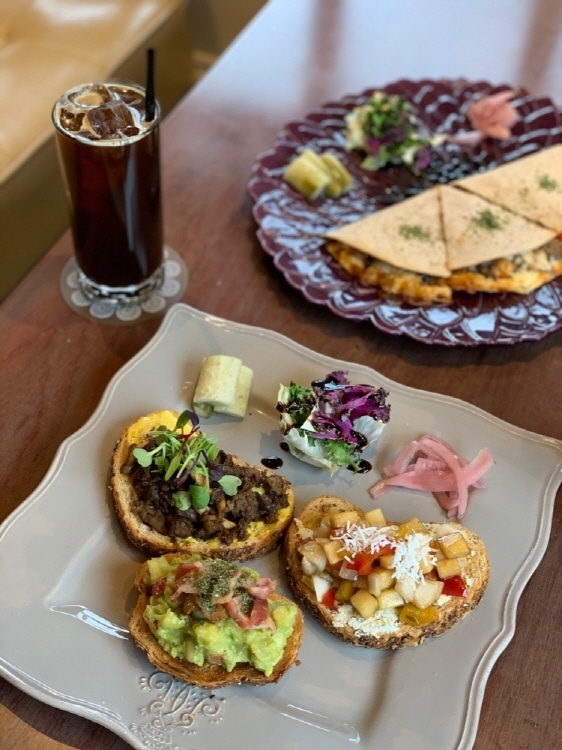
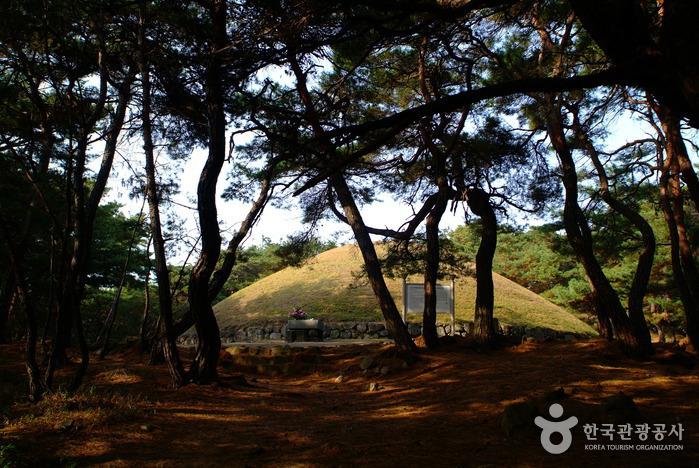

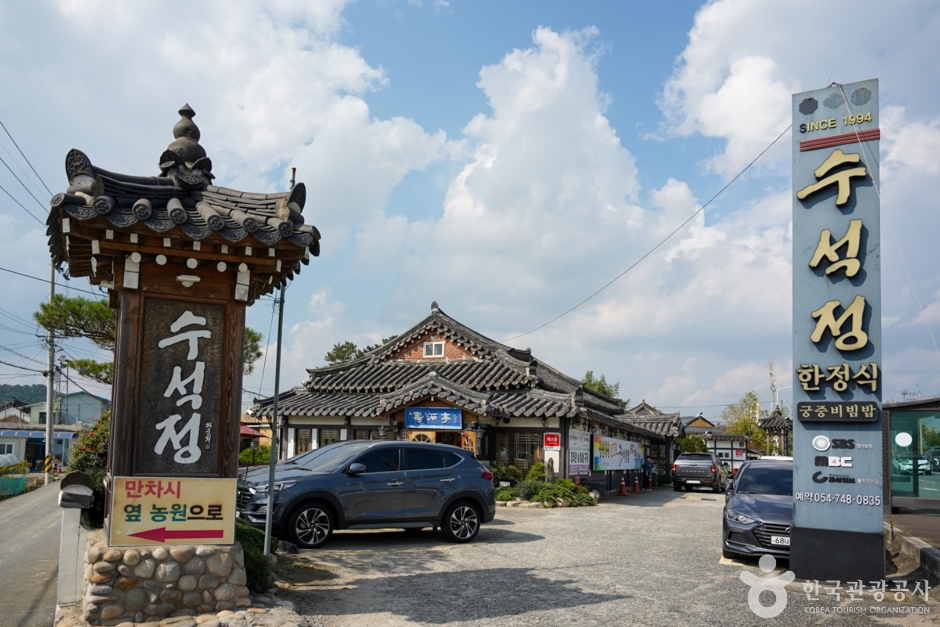
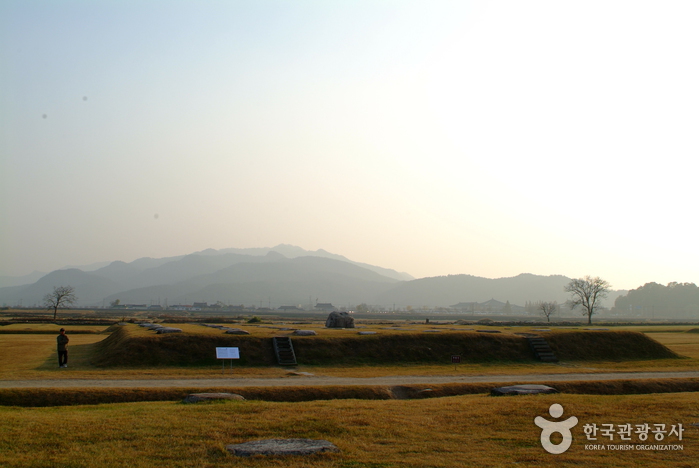
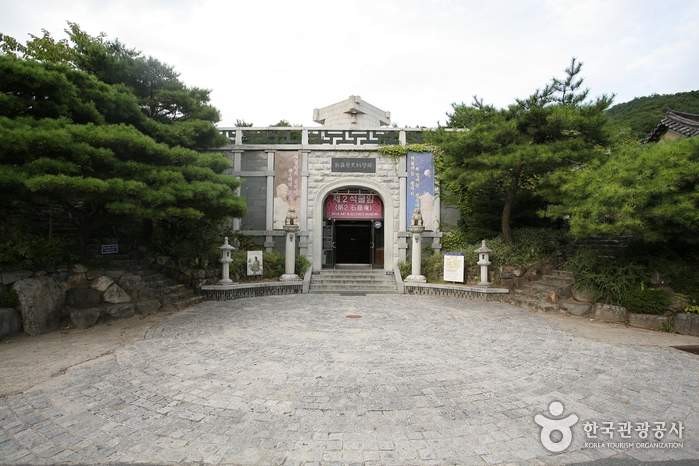
![Hanok Stay Joadang [Korea Quality] 한옥스테이 조아당[한국관광 품질인증]](http://tong.visitkorea.or.kr/cms/resource/08/3009408_image2_1.jpg)
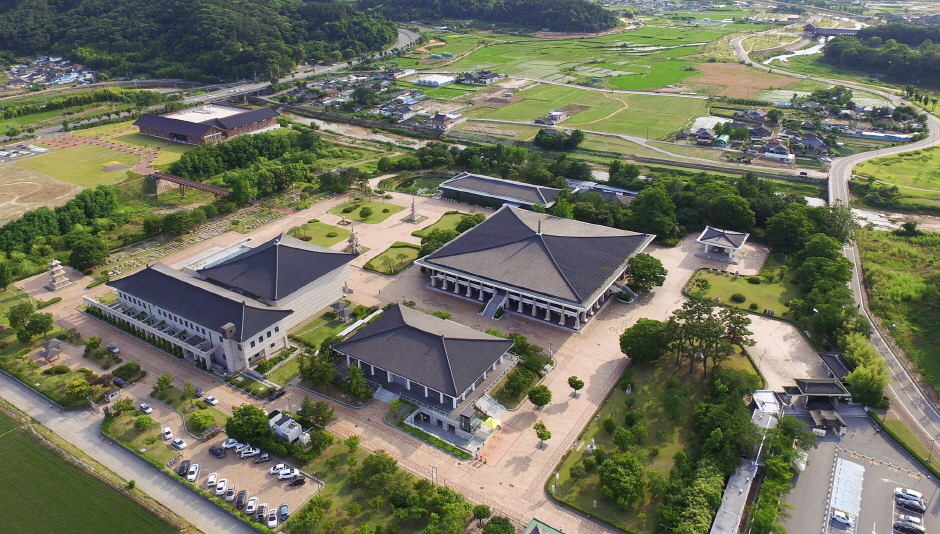
 English
English
 한국어
한국어 日本語
日本語 中文(简体)
中文(简体) Deutsch
Deutsch Français
Français Español
Español Русский
Русский